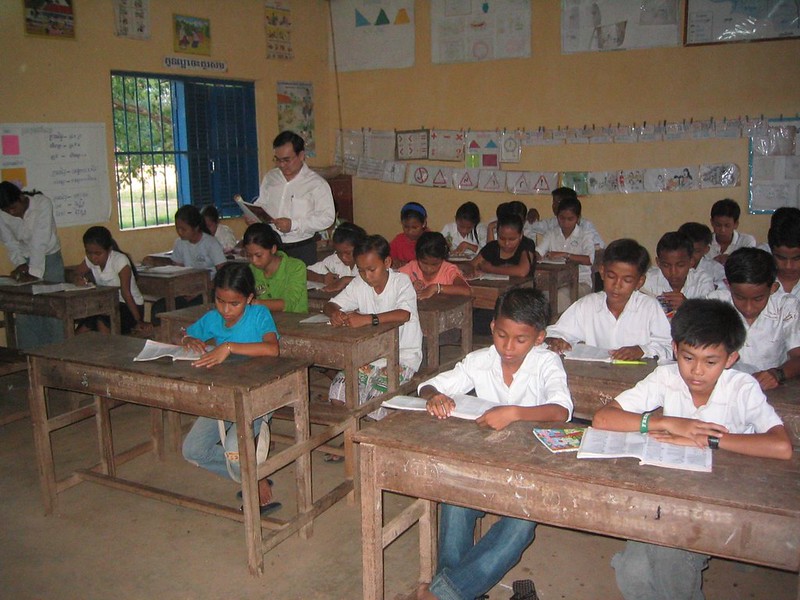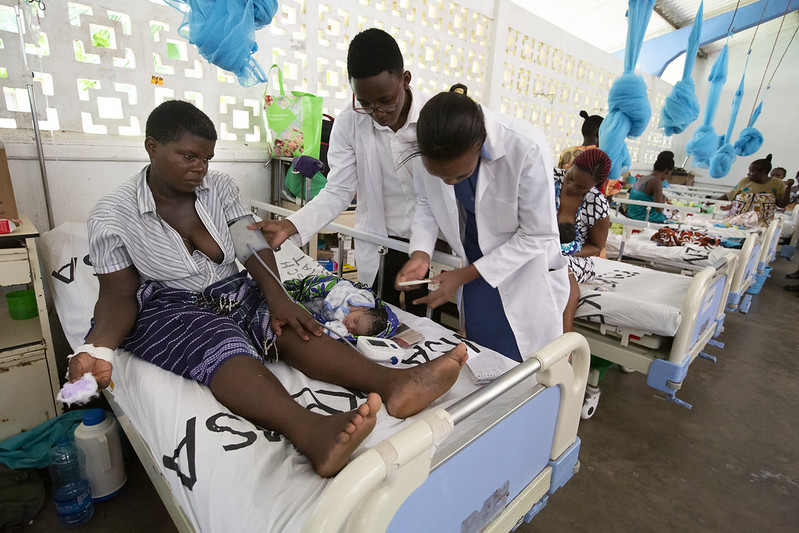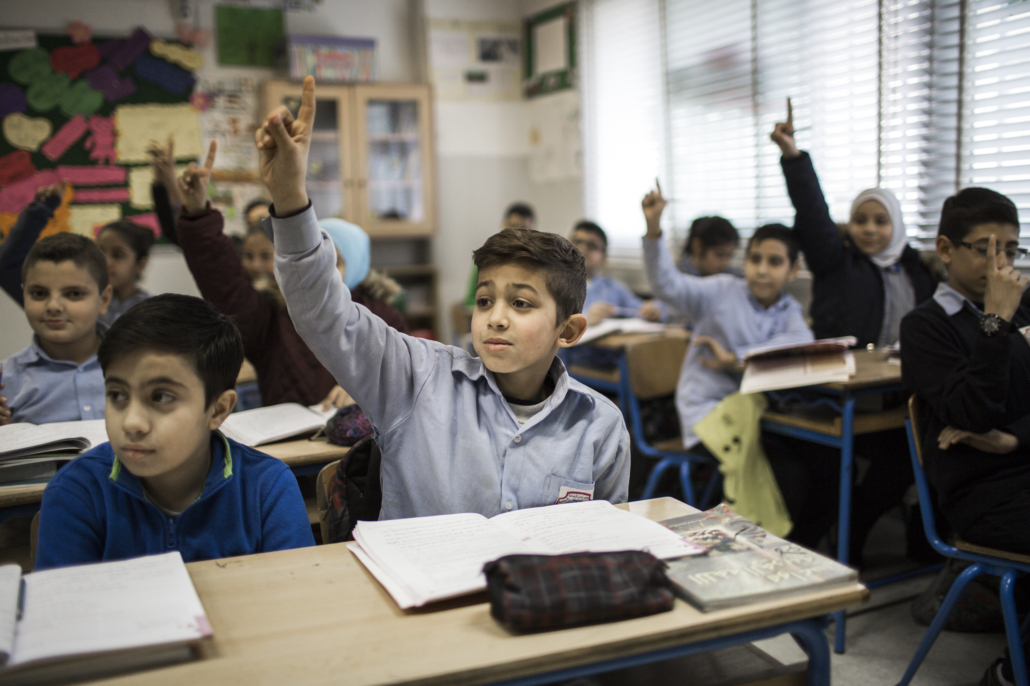 As the 53rd largest country in the world, Cameroon’s 183,000 miles of land mass supports a wide range of landscapes and microclimates. While some regions are extremely hot and dry, others are moist and humid due in part to multiple forests populating the areas. In fact, Cameroon’s Cross-Sanaga Bioko Coastal forests are considered one of the wettest regions on earth. This is due to the forest receiving between 20-30 feet of rainfall annually. While these microclimates support beautiful landscapes and diverse ecosystems, they also provide habitats for neglected tropical diseases such as malaria. With the country’s population of 29 million all being at risk for contracting this disease, Cameroon’s war against malaria will be extremely critical.
As the 53rd largest country in the world, Cameroon’s 183,000 miles of land mass supports a wide range of landscapes and microclimates. While some regions are extremely hot and dry, others are moist and humid due in part to multiple forests populating the areas. In fact, Cameroon’s Cross-Sanaga Bioko Coastal forests are considered one of the wettest regions on earth. This is due to the forest receiving between 20-30 feet of rainfall annually. While these microclimates support beautiful landscapes and diverse ecosystems, they also provide habitats for neglected tropical diseases such as malaria. With the country’s population of 29 million all being at risk for contracting this disease, Cameroon’s war against malaria will be extremely critical.
Malaria: A Neglected Tropical Disease in Cameroon
Neglected tropical diseases (NTDs) such as malaria are just that. Infectious diseases that occur primarily in tropical regions of the world. They are deemed neglected because there is minimal attention to addressing these diseases at both, national and global levels. To make matters worse, NTDs flourish in areas of poverty and where access to health care, sanitation and clean water is lacking.
Cameroon has an abundance of water around it. However, the country has minimal infrastructure in place to effectively convert this water into fresh drinking water. In fact, over half of the population living in rural areas of Cameroon, do not have access to clean drinking water.
Cameroon’s health care system has been severely hampered due to the ongoing internal conflicts. Close to 20% of the medical facilities are no longer operational. And those that are open, are struggling. Besides the destruction of facilities, there is also a lack of health care workers to assist in Cameroon’s war against malaria.
Add to these issues the plethora of mosquito species present in the country, it is no surprise that malaria is the most prevalent NTD impacting Cameroon. Globally, Cameroon falls within the top 15 countries with a high malaria disease burden. Nationally, more than 6 million cases of malaria occur yearly.
The country reports an annual death rate from malaria to be under 5,000 with a high majority being young children. However, the World Health Organization (WHO) suspects that the number could be well over twice that figure. The data discrepancy is due in part to poor reporting in rural areas.
Fighting Malaria in Cameroon
Although the country still reflects high disease rates, Cameroon’s war against malaria is being fought on multiple fronts. The “No one shall die from malaria” pledge signed by the country’s Ministry of Health shows Cameroon’s determination to fight malaria. The pledge falls in line with WHO’s Global Technical Strategy and Targets for Malaria 2016-2030 guidelines.
Agencies such as the World Bank, Korean International Cooperation Agency (KOICA) and the United Nations Office for Project Services (UNOP) support Cameroon’s efforts to provide access to clean drinking water to all people.
The United Nations Office for the Coordination of Humanitarian Affairs (OCHA), the Center for Disease Control and Prevention (CDC) and the International Medical Corps are providing critical health service resources necessary to prevent and treat NTDs such as malaria.
WHO is clarifying prophylaxis treatment options for pregnant women. Cameroon is also implementing a malaria vaccination program for children with provisions from WHO, Gavi-the Vaccine Alliance, and the United Nations International Children’s Emergency Fund (UNICEF). The WHO is working closely with Cameroon’s Ministry of Health to outline plans on how to provide targeted responses in high disease-burden areas.
Data collected from the Vector Control to Fight Malaria Project is helping to recognize and understand mosquito patterns and activities. This knowledge is crucial for ensuring preventive tools such as insecticide-treated nets are still effective. This data also helps provide education to the community.
Summary
Being home to five different neglected tropical diseases, fighting malaria in Cameroon matters greatly for the country and its population, especially for young children and pregnant women.
Vaccinating young children has led to a significant decrease in disease and death rates of young children. WHO recognized Cameroon for being the first country to incorporate malaria vaccination into the general schedule for childhood immunization.
Many pregnant women have received insecticide-treated nets. And there is a stronger effort to support moms in receiving prophylaxis medication, and in assisting them with access to care during pregnancy.
Although the country made improvements to water infrastructures, there remains an inequitable gap between urban and rural populations having access to clean water. With almost one-quarter of the country’s population could be living in extreme poverty by 2026, addressing these concerns remains critical, and will be the best way to win Cameroon’s war against malaria.
– Kelly Chalupnik
Kelly is based in Kirkland, WA, USA and focuses on Global Health for The Borgen Project.
Photo: Flickr



 In December 2024, the U.K. government
In December 2024, the U.K. government 

 Kenya is currently experiencing a boom in medical AI innovations. From the minds of hardworking scientists and medical groups, sprouts one solution to a modern
Kenya is currently experiencing a boom in medical AI innovations. From the minds of hardworking scientists and medical groups, sprouts one solution to a modern 

